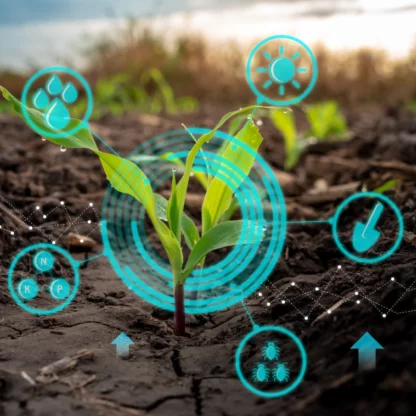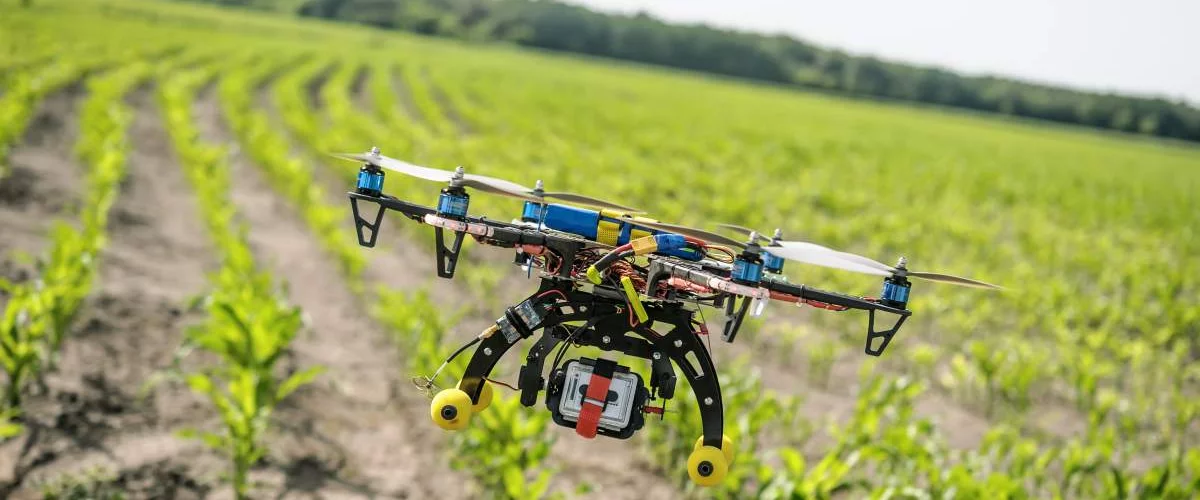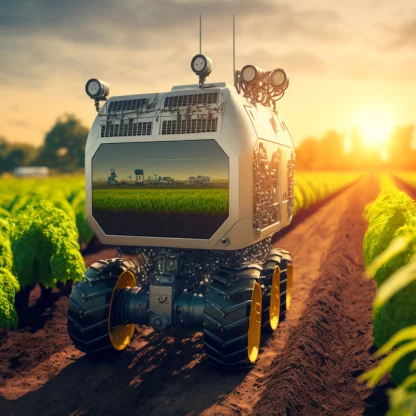Precision agriculture is a farming management concept that uses data analysis and technology to optimize crop yields and reduce waste. Precision agriculture involves the use of sensors, GPS mapping, and other data collection methods to gather information about soil, weather, and crop growth. This data is then analyzed to make decisions about planting, fertilizing, and harvesting.






